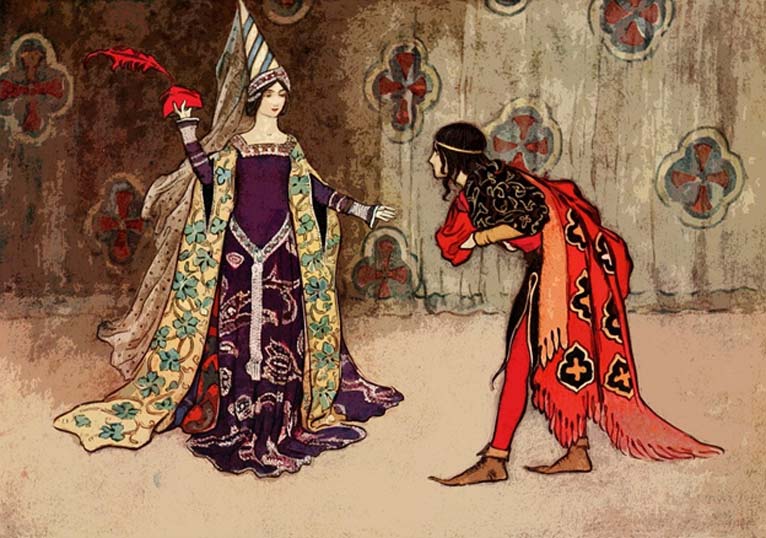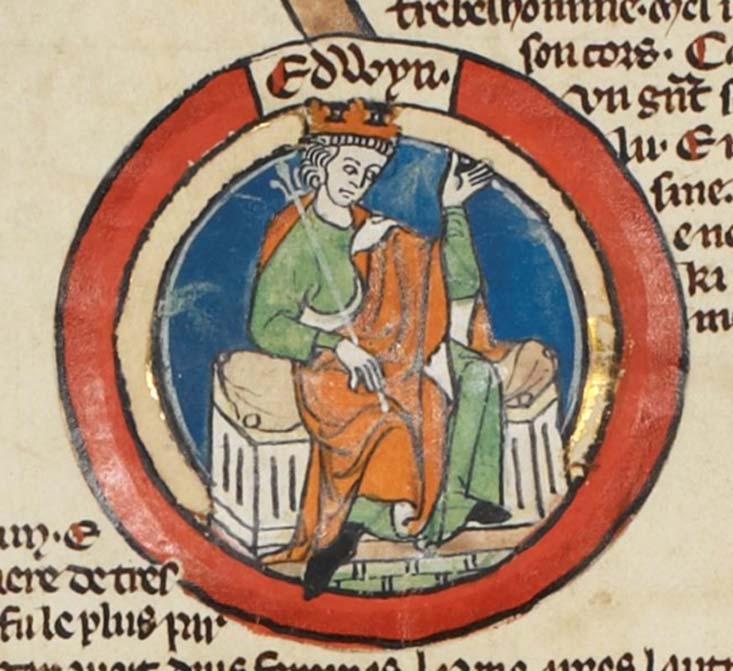
Putting the Sex Back in Wessex: The Scandalous Reign of Queen Elgiva & Her Clash with a Demon-Fighting Bishop
The Queens of England (as in the consorts of Kings) during the early Medieval periods of English history rarely receive any coverage in the history books. Hands up anyone who can name the wife of William the Conqueror? It was Matilda of Flanders and she was crowned Queen of England at Westminster in May 1068.
As for the earlier, pre-Norman Conquest Saxon queens, their fame is not helped by the fact they have some distinctly unmemorable Old English names: Ealhswhith, Aethelflaed, Eadgifu, Aelfthryth, Eadburh and Aelfgifu. In fact, lots of ‘Aelfgifu’s – one even went on to become a saint: St Aelfgifu of Shaftesbury, which further boosted the popularity of that name. Incidentally you’ll often see Aelfgifu written as Elgiva – the modern equivalent would be Ethel or Eliza.
Queenly Behavior
Furthermore, even where these queens are mentioned, they have distinctly minor walk-on parts to play. For example, King Alfred the Great’s mother Osburh (a rare queen whose name does not begin with “AE” or “EA”) vanished from history after giving Alfred, when he was still a child, a book of poetry as a prize for reciting a poem.

Consorts to Kings of England were of little renown. (Public Domain)
We do however know Queen Osburh was also “very pious, devout and noble of character,” as were almost all the queens of this period, spending most of their spare time founding nunneries which they would then retire to upon widowhood. (Or when their husbands wanted to trade them in for a younger, perkier model.) But, there were some queens who definitely broke the mold and managed to achieve a level of notoriety that today would ensure they were all over the tabloid newspapers, trending on social media, and the subject of TV mini-series.
Scandal!
Take Queen Elgiva (or Aelfgifu) who briefly crossed the pages of history in the mid-10th century. We first encounter Elgiva in November AD 955 at the coronation of 15-year-old King Eadwig (also known as Edwy or Edwin) of England. Eadwig, by the way, was the son of the late St Aelfgifu of Shaftesbury.

A young King Eadwig. (Public Domain)
Bored with listening to his advisers and church officials discussing politics, the young king crept out of the coronation feast and was next encountered “minus his crown” in his private chamber “cavorting” with two women: a noblewoman called Aethelgifu and her daughter Elgiva (or Aelfgifu), who were members of an influential Wessex family.




